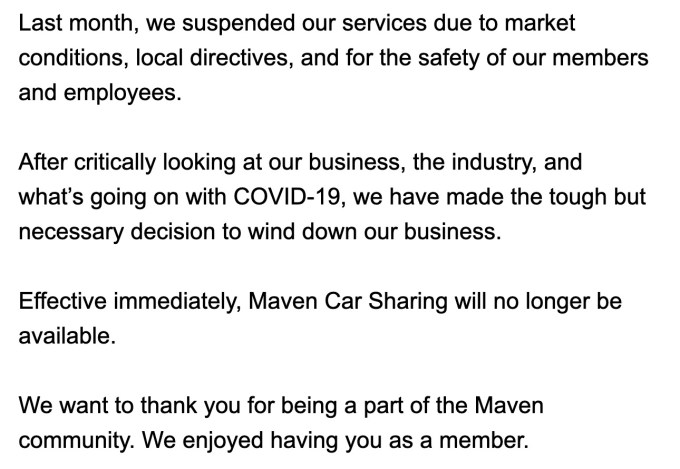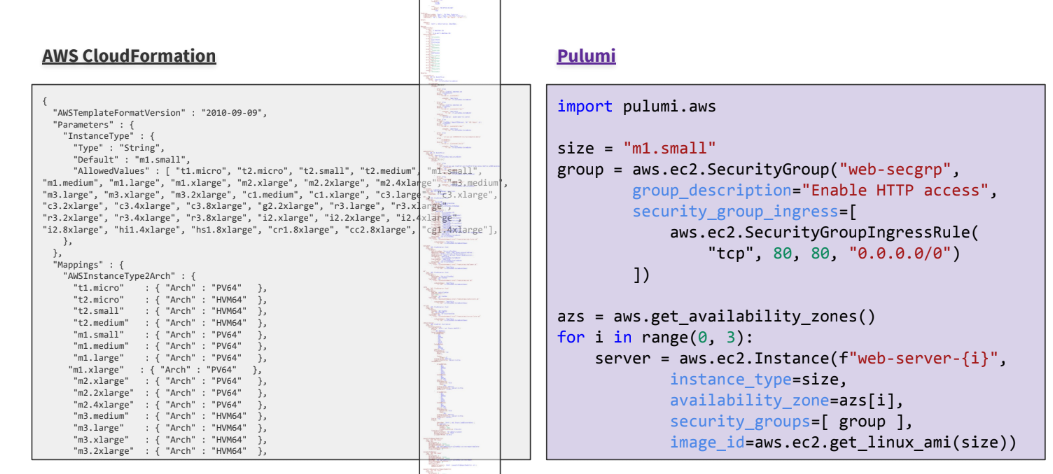Creative platform Patreon has laid off 13% of its workforce, TechCrunch has learned.
“It is unclear how long this economic uncertainty will last and therefore, to prepare accordingly, we have made the difficult decision to part ways with 13% of Patreon’s workforce,” a Patreon spokesperson said in a statement to TechCrunch. “This decision was not made lightly and consisted of several other factors beyond the financial ones.”
Patreon, which enables creators to build relationships with their fans via monthly subscriptions for content in exchange for perks and other benefits, had seen an uptick in new creators launching on the platform in light of the COVID-19 pandemic.
In March, Patreon said wrote in a blog post, “Not only are patrons not leaving the platform, we’ve even seen many of them upgrade their tiers to support their favorite creators during this challenging time.” Additionally, the average income for creators was 60% higher in March than in previous months, according to the company.
Around that same time, however, Patreon said it saw patrons exiting the platform more than usual due to financial hardships. Still, Patreon said churn rates were stable.
The startup ecosystem has been hit hard by the COVID-19 pandemic, with layoffs no longer the exception, but the rule. Still, it’s peculiar timing for Patreon, given the company touted an increase in new memberships during the first three weeks of March.
“This surge, along with years of continuous growth, has put Patreon in a strong financial position to help creators successfully manage creative businesses during this challenging time,” the spokesperson said. “Although the business is in a strong cash position, we want to ensure that we can continue to support creators for many years to come.”
Here’s Patreon’s full statement below:
Over the past six weeks, Patreon has experienced a significant influx of new creators launching on the platform along with increased financial support from both their new and existing patrons. In March alone, we onboarded 50,000 new creators to the platform of which the average income was 60% higher than previous months. This surge, along with years of continuous growth, has put Patreon in a strong financial position to help creators successfully manage their creative businesses during this challenging time.
Although the business is in a strong cash position, we want to ensure that we can continue to support creators for many years to come. It is unclear how long this economic uncertainty will last and therefore, to prepare accordingly, we have made the difficult decision to part ways with 13% of Patreon’s workforce. This decision was not made lightly and consisted of several other factors beyond the financial ones. Prior to the pandemic, we had completed an in-depth performance review cycle and deployed a new company strategy – both exercises highlighted the need for different skill sets moving forward.
It was this combination of economic uncertainty, performance reviews and a shift in strategy that prompted us to make this change. Patreon is now on a path to long-term success and the business will emerge from this layoff even stronger, both financially and strategically.




